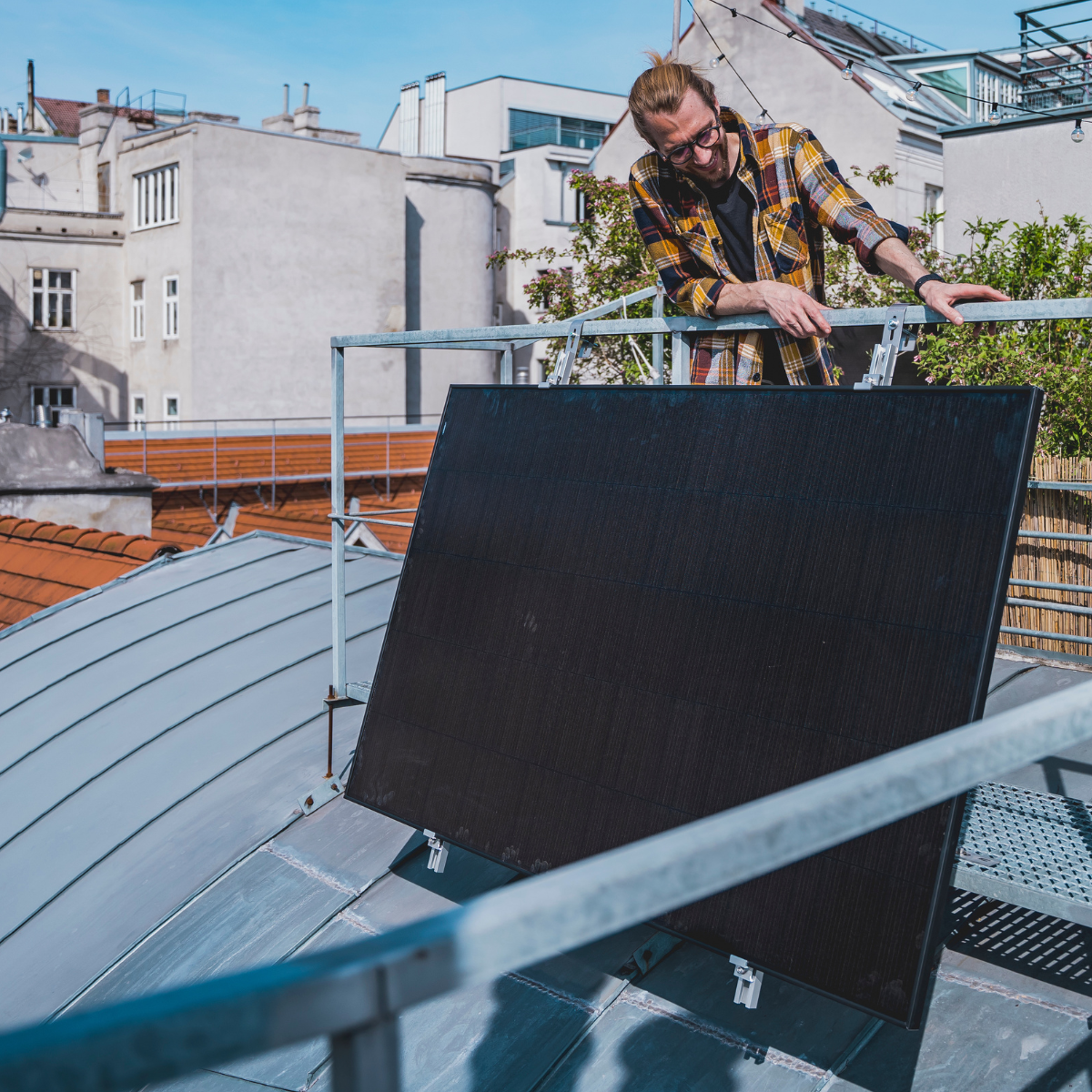Summer is the most popular time to travel, and that's certainly justified. But how about setting off in a motorhome in the winter and experiencing a whole new sense of travel? Winter as a vacation season brings with it some unique features and challenges, but on the other hand, it also has great potential to be unforgettable. Just think of vast snowy landscapes, hot tea after a winter walk, or skiing in beautiful mountain scenery. Have we whetted your appetite? Then be sure to read our 5 tips to make your winter vacation in a motorhome as enjoyable as possible. Because "just driving off" isn't an option in winter. Some preparations need to be made beforehand.
Features of your motorhome
There are two types of winter camping: winter camping in areas where temperatures are unlikely to drop below 0°C. Winter camping is also winter camping, where it's actually winter, meaning there's snow and sub-zero temperatures. If you prefer the latter option, you need to find out one thing about your motorhome. Is it suitable for winter use or is it winterproof? Consult the owner's manual or the manufacturer's specifications. Winter-proof motorhomes can, after the interior has cooled down to at least 0°C for several hours, heat back up to 20°C within two hours. The room temperature must not differ by more than 7°C at five measuring points. Winter-proof motorhomes are sufficient for many areas. However, if you want to go to ski resorts or areas where temperatures can sometimes drop below 0°C, your motorhome must be winterproof. This means that after cooling down to -15°C for 10 hours, the motorhome could heat back up to 20°C in four hours. It must be able to maintain the achieved temperature, and the water system must function perfectly once the motorhome is warm again. After all, we don't want a frozen water system on vacation. We would recommend driving a winter-proof motorhome to milder areas rather than the deepest ski resorts. With a winter-proof motorhome, on the other hand, you're perfectly equipped for winter camping and don't have to worry about sub-zero temperatures.
Our 5 tips to ensure your winter motorhome trip doesn't go wrong
1. Fit winter tires
What applies to cars is also important for motorhomes. Winter tires are essential in winter, as their tread pattern provides grip in snow and slush and is designed for low temperatures. Even all-season tires can't compete, as winter tires brake much better on cold or even icy roads and generally offer more stability while driving.
2. Provide insulation material
Most people know this from home – wherever there are windows, the cold penetrates the most. It's the same in a motorhome, meaning the front, where the windshield is, is where the coldest air gets in. But even the smaller windows can be quite cold. Some caravans also have a pop-up roof, where a lot of cold air can get in. Insulation mats can help here. They can be used practically all year round, as they prevent the caravan from getting too hot in the summer and too cold in the winter. Depending on your vehicle type, you'll need to find out whether there are suitable insulation mats available or whether you have to cut them to size. Attaching vehicle-specific insulation mats is quite simple; if you have to cut them yourself, suction cups are an option for attaching them to the window. Whether you attach them outside or inside is ultimately up to you; both have their advantages and disadvantages. If you attach the mat outside, the warm air from the caravan can reach the window and thus prevent it from fogging up. The disadvantage is that they are exposed to all weather conditions and may therefore wear out faster. Insulating mats are already a great option. If you want to go one step further, thermal curtains for your motorhome are a good idea. This minimizes heat loss when getting in and out.
3. Leave snow and mud outside
You've returned from a long hike in the snow, freezing cold, and your clothes and shoes are quite wet. To keep the wetness out of your caravan, the best option in winter is to put up an awning. This would serve as a mud flap, a changing room, and a storage area for sleds and the like. It's important to ensure the awning is weatherproof and reasonably thick. To keep the awning warm, you can use space heaters. These would also serve to reliably dry your wet clothes. Additional heaters can, of course, also be used in motorhomes with adequate ventilation. If you want to treat yourself to a little luxury, you can also get heated rugs or an electric blanket for your bed. This will make it really cozy in your caravan.
4. Ventilation
We just briefly touched on it. If you heat your home heavily, you also need to ensure adequate ventilation. If you don't ventilate enough, you run the risk of indoor humidity becoming too high, and this moist air settling. Over time, this can become unpleasant and lead to unpleasant odors or even mold. We recommend thoroughly airing your home 2-3 times a day.
5. Protect the water system from frost
When camping in winter, temperatures can quickly drop below zero. This is a problem for the water system in your motorhome, as the pipes could freeze and, in the worst case, burst or suffer frost damage. Some motorhomes are equipped with heated water tanks. This is ideal in low temperatures. However, those who don't have heated water tanks can upgrade. There are heating mats and heating foils that can be mounted outside the tank and pipes. There are also heating coils or heating rods that are placed in the pipes themselves and keep the water warm. Antifreeze can also help. The wastewater tank can be heated to a certain extent, but special precautions should be taken in winter. If you want to be on the safe side, don't leave the wastewater in the tank for long, but let it drain into a container, which is then disposed of regularly.
Winter camping must be well organized and prepared
As you can see, winter camping requires a few things to be taken into account to ensure it's a pleasant experience. If you're well prepared, winter camping offers many great opportunities. A big plus: campsites are usually less crowded in winter.









